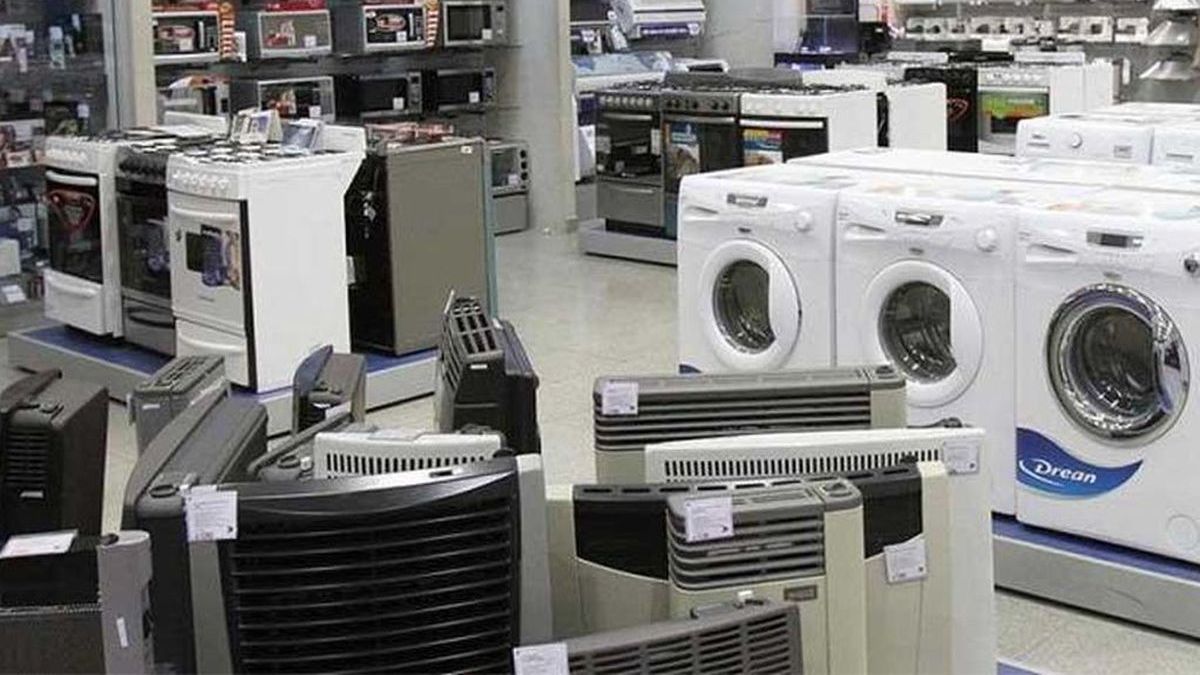In this context, merchants consulted by Ambit admit that interest-free installments are applied less and less, as the payment term is shortened and the “Ahora 12” plan loses utility for merchants, due to falling behind against the rise in prices.
According to him Prisma Means of Payment Index57% of credit card purchases were made in a single payment during the first quarter of this year, a growth of 3.5% compared to the fourth quarter of 2022. In turn, within the “Now” plans , whose representation was only 19%, the most chosen was the “Ahora 3”. “The preference for short financing plans is growing”, says the market study.
For the economist and director of the Center for Alternative Finance of the UCA, Ignacio Carballoin the middle of the inflationary context, “Any financing is good, but the Now plans have lost relative weight and consumers choose to pay with a single payment.” Faced with the reduction in financing terms, he argued that during the first quarter, tourist activity showed a sharp year-on-year drop. “Tourist purchases are generally made in a longer term. If they are not there, the money is invested in other assets”, explained the specialist.
For Martin Kaloseconomist and director of EpyCa consultora, the effective rates of the Ahora 12 program “remained well below inflation and increasingly, in a context where it will continue to rise” and the unknown lies in who should take charge of this difference in the financing of the product. “Nobody gives anything away, the financial cost impacts the merchant, the rates are updated or they will stop paying, unless the trade remarks to compensate for losses,” said the economist, although he highlighted a caveat: “It would be illegal to find differences between the list price and the markup at the beginning of financing, and also, it would not be good in this context.”
According to the page of the Ministry of Economy, the nominal annual rate (TNA) of the program was increased to 77.35%. The update occurred after the last increase in the monetary policy rate, by 1,000 basis points, from 81% to 91%.
Guillermo Siro He is president of the Economic Confederation of the province of Buenos Aires (CEPBA). Within its business sector, leather manufacturing, 70 percent of sales are made in installments. He agreed that “Ahora 3” is the one selected by customers, who, in his experience, usually quote spending starting at $3,000. However, understand that customers do not choose a longer financing term because “banks have not risen to the occasion and have not extended the purchase limit”. “Many times, the legend insufficient balance for this operation arises. So, it really gets complicated,” said the head of the organization.
Limit updating is mostly done automatically, considering income level, payment history and positioning in the financial system. In other cases, they explain from the banking sector, the client’s request is awaited, with a corresponding pre-approval. The common denominator is that an increase in remuneration has to be verified. Due to the heterogeneous reality that the labor market presents, this does not always happen. Similarly, a finance specialist, speaking on condition of anonymity, admitted that Increasing the card limit “is not viable if the program rates are negative, because it is not a business for the banks.”
Different is the reality Norberto Fermani, president of the Argentine Chamber of Optical Industries (CADIOA). “The issue of quotas in this area practically died,” said the professional. According to a survey of my own among colleagues, in twelve installments “almost nothing is sold”, even though the surcharge is 50% -below inflation-. Yes in three, but with the interest that the businesses determined, of 10%. “The use of installments has dropped a lot since we put interest, but if we do not use this financing method, there are products that cannot be bought. Or cash discounts are made ”, Fermani indicated. On this point, the economist Aldo Abramfrom the Libertad y Progreso Foundation, issued a warning: “generally, when there is a discount for cash payment, it is because there is an extra surcharge hidden in the fees.”
Lastly, and contrary to what the Prisma Index suggests, Mauro Gonzalezpresident of the Federal SME Confederation, points out a tendency to stop using the card, because consumers “They were prisoners of the interest for refinancing that the banks charge through the minimum payment.” The agency’s own survey does not vary from the general appreciation: approximately 60% of operations are carried out by credit card, mostly in three installments “without interest, although financed by its merchants.”
Source: Ambito




